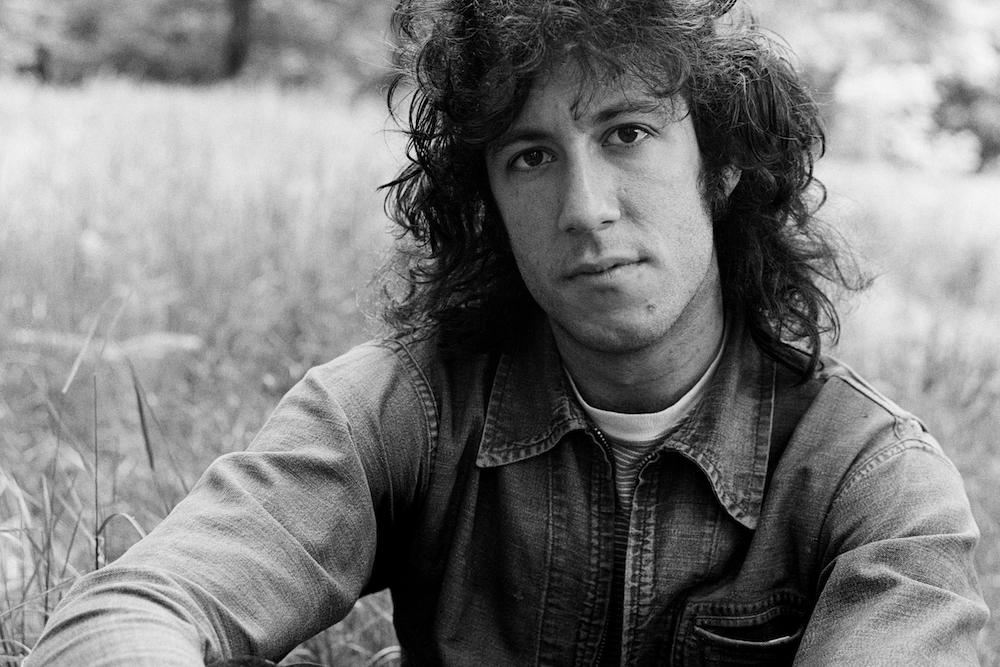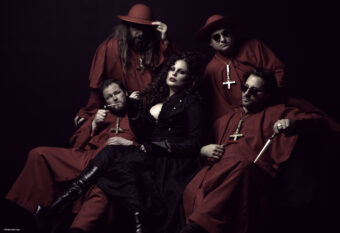Few figures in English rock exhibited a scholarly grasp of North American blues quite like Peter Green, the co-founding singer-guitarist of Fleetwood Mac who died on July 25 at age 73.
There’s no underestimating Green’s importance to the band’s genesis, despite being a member for less than four years. The seeds sown on early hits like “Oh Well,” “Albatross” and “Man Of The World” were as instrumental in developing British blues as the Yardbirds and John Mayall’s Bluesbreakers, where Green got his start.
But anyone who followed Green’s career after his departure from Fleetwood Mac — both as a solo act and longtime leader of his own Splinter Group — knows the scope of his oeuvre beyond the blues. On albums like 1970’s mostly instrumental End Of The Game or 1981’s White Sky, he incorporated elements of jazz, funk and experimental psychedelia — expanding his sound as markedly as the Buckingham-Nicks lineup of his former band.
Naturally, a diverse array of artists have interpreted Fleetwood Mac’s music during the guitar guru’s brief but crucial tenure in the captain’s chair chronicled in an out-of-print box set titled The Complete Blue Horizon Sessions 1967-1969 which we hope will be reissued. For now, Green’s work with the band on Then Play On will be featured on the upcoming Fleetwood Mac 1969-1974 collection.
Here are five reimagined versions of Green’s biggest Mac tracks, exemplifying his genius as a songwriter and musician.
Santana, “Black Magic Woman”
Less than a year after it first appeared on Fleetwood Mac’s 1969 singles compilation English Rose (and the subsequent U.K. release, The Pious Bird of Good Omen), the classic Santana lineup transformed an otherwise understated Green original into a signature hit for the San Francisco jazz-rock combo.
“I swear to you, and this for real, whenever we play ‘Black Magic Woman,’ I remember the first time we played it in a soundcheck in Fresno in a parking lot,” guitarist Carlos Santana told Rolling Stone in 2019. “Gregg Rolie brought the song from Fleetwood Mac, Peter Green. And I remember saying, ‘Hmm, I can bring a little bit of Otis Rush here and a little bit of Wes Montgomery here.’ Because I just think like that. It’s kind of like a chef, bring a little bit of oregano and jalapenos and garlic and onions.”
Yet the key ingredient for the Santana version of “Woman” was an interpolation of the 1966 Gabor Szabo instrumental “Gypsy Queen,” which loosened up the original’s stiffer rhythm enough to showcase its Latino roots.
Judas Priest, “The Green Manalishi”
“The Green Manalishi (With The Two Pronged Crown)” was released in May 1970, not long after an infamous LSD binge at a Munich commune. The song — which draws on a psychedelic dream about money, a green dog and the devil — hit the UK Top 10, bringing enough heavy metal spark to inspire fellow Englishmen Judas Priest, who tackled the tune on their 1979 LP, Hell Bent For Leather.
“We were fans of Fleetwood Mac,” bassist Ian Hill told Goldmine in 2012. “They were way ahead of their time. People look back, and, ‘Oh yeah, they’re a blues band,’ which I supposed they were — and some of the other stuff they did, you know, ‘Man of the World’ and ‘Albatross’ and stuff like that. It was pretty advanced really at the time, for the late ’60s, early ’70s.”
The KLF, “3 AM Somewhere Out of Beaumont” (“Albatross”)
Along with contributing to the architecture of U.K. acid house, London duo The KLF also helped usher ambient music into the ‘90s with their groundbreaking third LP, 1990’s Chill Out. The album stemmed from an imagined late night journey through the Deep South of the U.S., with the pedal-steel work of Graham Lee setting the scene amidst minimalist synth ripples and radio/nature samples. But on “3 AM Somewhere Out Of Beaumont,” The KLF offset their “Echoes”-echoing Pink Floyd fixation by looping Green’s first few guitar lines from 1968’s “Albatross,” which weave in and out like illuminated mile markers on a desolate rural route.
https://youtube.com/watch?v=lIGqPKBmhUo
Haim, “Oh Well” (Live at Glastonbury 2014)
Like the Yardbirds’ “Train Kept A Rollin'” and the Kinks’ “You Really Got Me,” Fleetwood Mac’s “Oh Well” is a standard in the Great British Invasion Songbook. Billy Gibbons, Tom Petty and the Heartbreakers, Joe Jackson, Big Country, Ratt, Jason Isbell and the 400 Unit, Jimmy Page and the Black Crowes, Eels and Rick Springfield have all taken a stab at Fleetwood Mac’s first Hot 100 chart-topper. But none compare to the ferocity of Haim’s “Oh Well” from the 2014 Glastonbury Festival.
“On occasions like this, my sisters and I, we like to jam; is that okay for you guys?” bassist extraordinaire Este Haim asked the crowd from the stage. “We’re in the mood to fucking jam!” Then, flanked by their extended touring band, the sisters decimate most prior attempts to do this tune justice. Danielle Haim is a monster on lead guitar, and “Oh Well” is the quintessential vehicle for her six-string veracity.
The Lightning Seeds, “I Wish I Was in Love”
The Lightning Seeds are one of the most inexplicably unsung bands of the ‘90s Britpop movement. The brainchild of Liverpool’s Ian Broudie — best known for producing Echo & The Bunnymen essentials like Crocodiles and Porcupine — the Seeds turned into a full-fledged studio band by 1999, counting Zak Starkey and the Fall’s Simon Rogers among their ranks. Broudie didn’t technically cover Fleetwood Mac’s 1969 ballad “Man of the World” — instead, collaborating with The Specials’ Terry Hall, he repurposed the song’s primary melodic hook with such ease, it makes you wish a Green/Broudie/Hall super project could have transpired at some point in pop history.





